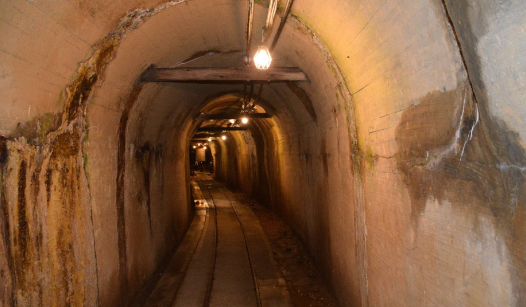Japan’s Sado Gold Mines Added to UNESCO World Heritage List
On July 27, 2024, UNESCO added the Sado gold and silver mines in Japan to its World Heritage List after South Korea withdrew its objections. This inclusion is significant due to the historical context of forced labor during World War II, where Korean laborers were conscripted to work under harsh conditions.
Historical Background
The Sado mines have a long history, believed to have been operational since the 12th century. They continued producing gold and silver until after World War II. These mines are particularly notable for their traditional, artisanal mining techniques, which stand in contrast to the mechanized methods seen in European mines during the same period. This historical and cultural heritage, showcasing the evolution of mining technology and methods over several centuries, makes the Sado mines unique.
Controversy and Objections
South Korea initially opposed the UNESCO listing due to the use of Korean forced labor during Japan’s occupation of the Korean peninsula. During the war, Korean workers faced extremely harsh conditions, reportedly more severe than those experienced by their Japanese counterparts. This aspect of the mines’ history raised historical and ethical concerns, leading to South Korea’s initial objections.
UNESCO Listing Process
Japan advocated strongly for the Sado mines’ inclusion on the World Heritage List, emphasizing their cultural, historical, and archaeological significance. A key argument was the emphasis on preserving traditional mining activities and the unique social organization of the mining community that developed around the Sado mines. After years of diplomatic negotiations and advocacy, South Korea agreed to the listing on the condition that there would be a proper historical acknowledgment of the forced labor issues.
International Impact and Recognition
The addition of the Sado mines to the UNESCO list is part of a broader effort to recognize and commemorate historical mining sites in Japan. This UNESCO recognition aims to improve tourism and raise global awareness about the site’s cultural and historical importance. Additionally, it seeks to address historical injustices by ensuring that the darker aspects of the mines’ history, including the discriminatory labor practices during World War II, are not overlooked.
About Sado Gold and Silver Mines
- Historical Significance and Production: The Sado Gold and Silver Mines, located on Sado Island in Japan, began operations in the 17th century and were once among the country’s largest gold producers, especially prominent during the Edo period.
- Forced Labor and Unique Features: The mines utilized forced labor from political exiles and are known for their unique underground tunnels, some of which stretch over 2,000 meters, showcasing the extensive and arduous mining work that took place.
- Closure and UNESCO Nomination: Declining production led to the closure of the mines in 1989. Today, they are a UNESCO World Heritage nominee, emphasizing their historical and cultural significance in Japan’s complex mining history.
Month: Current Affairs - July, 2024
Category: International / World Current Affairs






